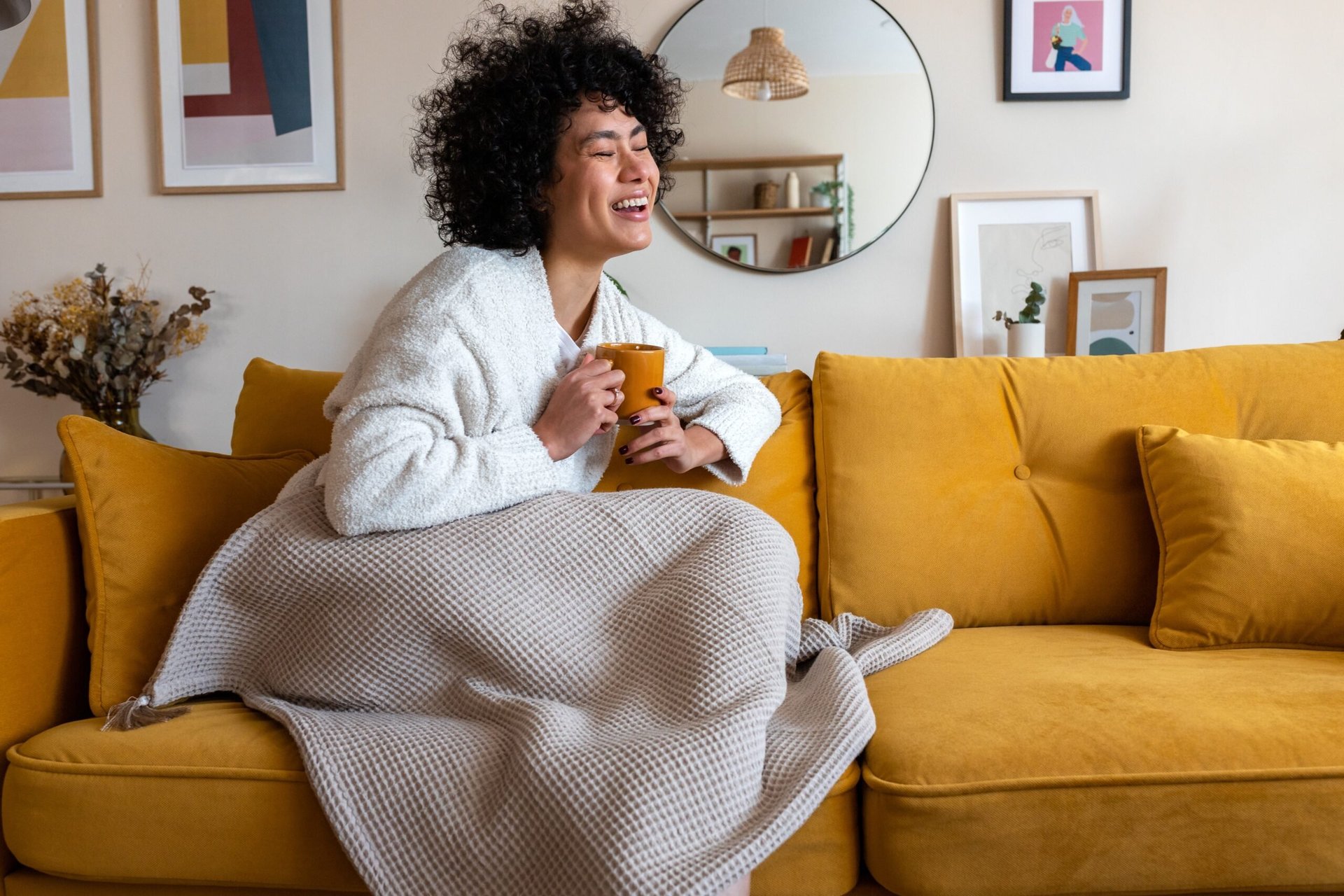
Shopping thrift stores, flea markets and estate sales can be overwhelming. With the sheer volume of stuff, how do you know where to start? How do you spot gems amid all the … well, junk?
As a professional reseller who has been combing through thrift stores for the better part of 30 years, I can help. If you’re ready to cut your shopping time in half, score bigger bargains or walk away with brag-worthy finds you can flip for cash, read on.
From hard-to-find household items to resale money-makers, everything featured in my “Thrift Shop Like a Pro” series qualifies as a BOLO (Be On the Look-Out for) item. When you find it, buy it!
Featured find: vintage Braun coffee makers
Over the past 15 years, single-cup coffee makers have replaced the larger, electric brewers that were a staple in nearly every American kitchen. The rise of Keurig, Nespresso and their imitators hasn’t only changed how we brew our morning cup of joe, it’s also released thousands of old coffee makers into the resale market.
And, as they say, change is good. Today, most thrift stores are awash in excellent, vintage coffee makers — true workhorses that serve up hot cups year after year. And some of my favorites were made by Braun.
Max Braun opened his first factory in the 1920s, producing radio broadcasting equipment. Over the decades, Braun’s product focus widened, and in 1950, the company released the world’s first foil shaver and a food processor dubbed the Multimix.
Other appliance innovations followed, including a blender, juicer, toaster, coffee grinder and coffee maker. Rejecting aesthetic fads and unnecessary ornamentation, each product was carefully designed. Braun machines were built to last, be unobtrusive and be easy to operate.
By the 1970s, Braun had established itself as a premier global appliance brand. Today, the company is owned by De’Longhi Appliances and continues to produce high-quality, visually compelling products that consumers trust.
Why buy it?
Call me a cynic, but planned obsolescence is becoming “planned early obsolescence.” Over the past five years, I’ve replaced two refrigerators, two washing machines, one microwave and two coffee makers.
By the time my last single-cup brewer died, I was tired of the “grind.” Instead of buying new, I purchased an old Braun Aromaster at a local thrift store.
It was manufactured in the early 1990s, and I could tell it had already served a long, productive life. I gave it a thorough cleaning, and it’s been caffeinating me reliably ever since. Granted, it’s not programmable, it doesn’t connect to my smartphone or fold my laundry. But it’s reliable, looks great and cost a measly $5.99.
Even if your luck with small appliances is better than mine, Braun machines are a solid investment. Keep one in the pantry as a spare or flip a few online for extra-hot profits.
On eBay, this 1970s-era Braun Aromaster recently sold for a steamy $500, and this 1980s-era Aromaster sold for $149. On Etsy, this 10-cup Aromaster from the 1990s is listed for $72.58.
Parts and pieces from these vintage machines are in demand too. In August, this Aromaster carafe sold for $26 and this reusable filter basket brought $19.99.
See also: “If You Find This Thrift Shopping, Buy It” on vintage Pyrex Flameware percolators
What to look for
The Braun logo has stayed remarkably consistent since its first iteration in 1934. On coffee makers, the brand will be front and center. Look for an all-caps wordmark where the letter “A” in “Braun” is about 30% taller than the other letters.
If you’re shopping for a Braun coffee maker to resell for profit, know that a few features can increase value significantly. Pay special attention to:
- Model: Some machines are rarer than others. The following are always in demand: Braun Aromaster models KF12, KF20, KF400 and KF420 and Braun FlavorSelect models KF140, KF157 and KF187.
- Manufacturing location: Though it’s difficult to confirm the exact year, Braun appears to have shifted manufacturing from Germany to China. Buyers prefer German-made brewers. (Prior to 1990, machines were marked “Made in West Germany.”)
- Color: In the vintage coffee maker market, bold is beautiful. Braun machines in green, red and yellow tend to bring higher prices than standard black, white or gray models.
- Condition: No surprise — working brewers sell best. But as mentioned earlier, parts from nonworking machines can be sold individually and quite profitably.
Pro tip: Braun also made an iconic coffee grinder. Released in the mid-1960s, model 4024 KSM1 in yellow, orange, red or green typically resells for $80 to $100.




Add a Comment
Our Policy: We welcome relevant and respectful comments in order to foster healthy and informative discussions. All other comments may be removed. Comments with links are automatically held for moderation.